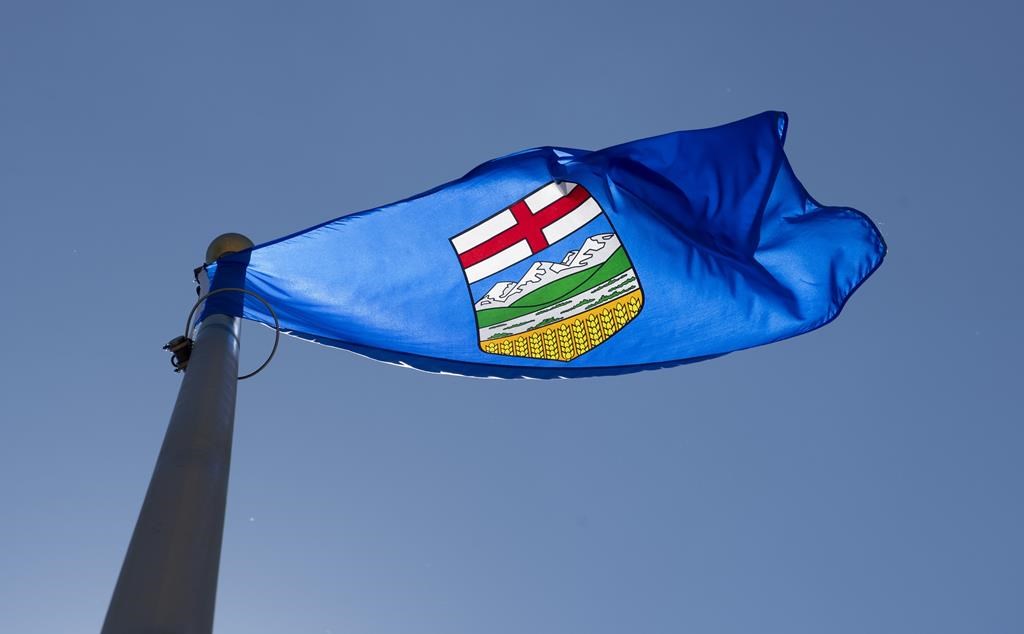Alberta tables climate plan for industry; retains key parts of old legislation
Posted Oct 29, 2019 2:52 pm.
Last Updated Oct 29, 2019 6:43 pm.
EDMONTON — Alberta has introduced a new climate plan for the province’s big greenhouse gas emitters that it says will achieve similar emissions cuts as the former NDP government’s plan and at less cost.
“Our projections are that we’re looking at getting similar results for less price for industry,” said Jason Nixon, environment minister for the United Conservative government.
It does not affect the federal consumer carbon tax, which will still go ahead on Jan. 1 and still faces court challenges.
The new plan, introduced in the Alberta legislature Tuesday, puts large industrial emitters under two regulatory regimes.
Most facilities, such as oilsands plants or concrete manufacturers that produce more than 100,000 tonnes of CO2, are to be assigned an individual carbon emissions benchmark based on past performance. Smaller emitters will be able to opt in to that program in order to avoid federal regulations.
The plants will be expected to reduce their emissions by 10 per cent below the benchmark the first year and one per cent every year after that. If they don’t, they will have to pay $30 a tonne or buy emissions credits. Facilities under their benchmark will be allowed to stockpile or sell credits.
Some of the money is to go into a fund to support greenhouse-gas-reducing technology. Half of every dollar raised after the first $100 million is to go to debt reduction or to the province’s “war room,” a newly created $30-million office to counter criticism of the oil and gas industry.
The new plan deals with electricity generators the same way as one that was introduced by the New Democrats.
Power plants — Alberta’s largest emitters and where most emissions cuts are expected to occur — face different rules. They will be assigned a single benchmark for the entire industry.
Government documents say the new approach could save industry up to $330 million a year.
Nixon said he expects the program to achieve about 32 megatonnes in greenhouse gas reductions. The New Democrat plan promised about 50 megatonnes, but that included a consumer carbon tax as well.
The two-pronged approach is a mistake, say policy experts. Jan Gorski of the clean-energy think tank Pembina Institute said setting individual benchmarks is “a step backwards.”
“It’s unfair and less efficient. It punishes companies that have had good performance that have already taken steps to reduce emissions and it rewards those that haven’t.
“(The new system) is not as strong as the old system.”
Nixon said individual benchmarks are necessary in industries that have to compete with other jurisdictions that may not have climate legislation.
“By going to (a hybrid system), we’ve been able to make adjustments to different industries.”
Gorski points out that both British Columbia and the federal government use one benchmark for each sector.
Nixon said preliminary indications from federal officials suggest the new plan will meet Ottawa’s requirements and stop the federal government from imposing its own backstop regulations for industrial emitters.
“At the civil servant level we’ve been in constant contact all the way through. We’re fairly comfortable with our conversations with them, that we’re at equivalency.”
That decision will ultimately be made by the federal cabinet. Ottawa requires carbon prices to increase $10 a year. No provision is made for that in the Alberta legislation and Nixon said that will be dealt with if and when it arises.
This report by The Canadian Press was first published Oct. 29. 2019.
— Follow Bob Weber on Twitter @row1960
Bob Weber, The Canadian Press










